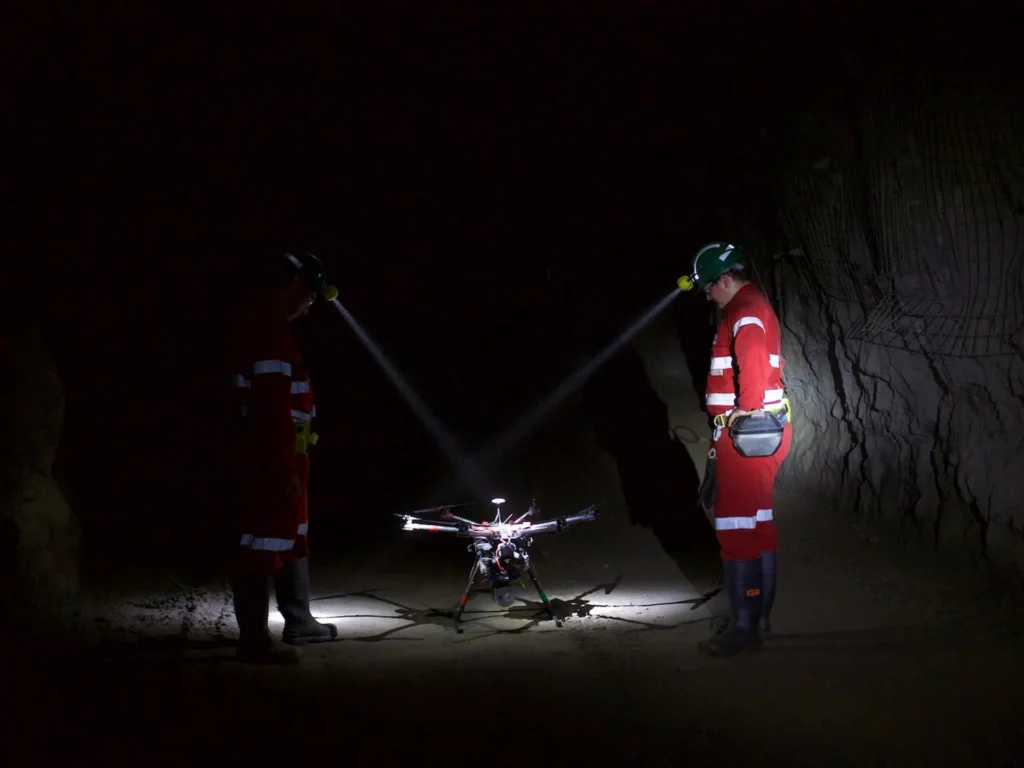Hello, my name is Ashley Walker. I have an interesting and non-linear career that has allowed me to take risks and learn from them. From the earliest days of my professional life, I have always been associated with managing technology, designing technology, or both.
Starting as a cadet mechatronics engineer at a small consultancy, I got exposure to an incredible range of projects. These projects varied using techniques such as reverse engineering of mechanical, structural and electrical systems, designing plastics devices for injection, blow, extrusion, and rotational moulding, steel structure design, complex 3D design with CAD packages.
This also lent itself to the exploration and use of (2011-2014) highly advance technologies such as 3D printers (FDM), 3D Scanners (White Light, and Near IR), CAD and CAM packages. In these early days, it was highlighted just how varied my exposure was to technologies, processes, and projects.
I excelled at advance 3D modelling; it was here that I started to develop an intuition of how to design in ways that allow flexibility for changes. In the 3D modelling, it is easy to create a model that is perfect for now and is difficult to change. This is also where some of the project management that I now use regularly were starting to be developed. Including ways of blending traditional waterfall projects with agile projects.
One of my personal interests at the time was model aircraft, seeing some opportunities to blend the aspect of flying the aircraft, with the rapid improvement of camera technologies meant that I could see that there was a possible use of Drones in a variety of industries and areas that were a tangent to the engineering work. From this, NQ UAV was born as a drone service provider. Initially we conducted photography services for commercial and residential real-estate, while also working with industrial clients to conduct inspections of assets that would have typically required elevated work platforms, or someone to climb the asset.

We quickly pivoted to offering services that blended the engineering experience with the ability to navigate the red tape. Having a pilots licenses assisted greatly with the interactions with the broader aviation community. Some of the notable areas that I was able to get exemptions from the legislation included:
- Operating within 3NM of a Class C Controlled aerodrome (2014)
- Australia Wide approval for night operations (2015, prior to the general exemption)
- Tandem operations with manned aircraft (2017)
All of these required detailed risk management to be approved by the regulator (CASA). The realisation of high-quality risk management and upcoming changes to the regulations lead me to convince the rest of the company to pivot from being services, to being a company that manages the risk for other companies. And from that NQ UAV transformed into FlyFreely.
During the transition, I was undertaking incredibly complex, and high-risk projects. The most notable was the operation of a DJI M600 in underground mines with a prototype payload from CSIRO. The payload was a LiDAR unit that did Realtime SLAM to map the environment enabling self-exploration. But more importantly, it provided valuable data to the operators.

My input on this project was more than thumbs on sticks, but also assisting in the evaluating the data that came out of the system, risk management, and the design and assembly of the misc. electronics to facilitate the drone operations. The transition to FlyFreely built upon my abilities to communicate to stakeholders at different levels. I needed to work with clients of various sizes, regulators, external stakeholders and be able to communicate only the information that they needed. I needed to reduce technical complexities, and still convey the appropriate informaiton.
As FlyFreely moved to a more Software-as-a-Service model, I started to look for my next challenge (2018). At the time, one of our clients was another startup who was focused on using drones, and machine vision to identify and locate weeds on agricultural properties.
I initially joined InFarm as the Chief Operating Officer, where I was an executioner style COO, effectively, I got shit done. It rapidly became clear that the technology needs to be scaled and productionised. And I needed to rapidly upskill so that I could be more hands on in the code. This meant that I put myself through a 6-month AI course on edX, in just over 2 weeks, and then the next week I went and put my learnings into action creating a DNN that outperformed the existing model(s), and a faster method of execution. I shortly took on the role of Chief Information and Technology Officer (CITO) where I blended the ability to build the technology, with the ability to manage the technology.

In the role of CITO, I needed to research, design, develop, manage what would become a large-scale software system. A large part of this was crafting the enterprise architecture that would use off the shelf IT systems, and designing the bespoke systems to deliver the value to our clients and consumers.
Now based in Toowoomba, South East Queensland, I assist clients with a variety of IT, Cyber Security, and Technology Development problems.